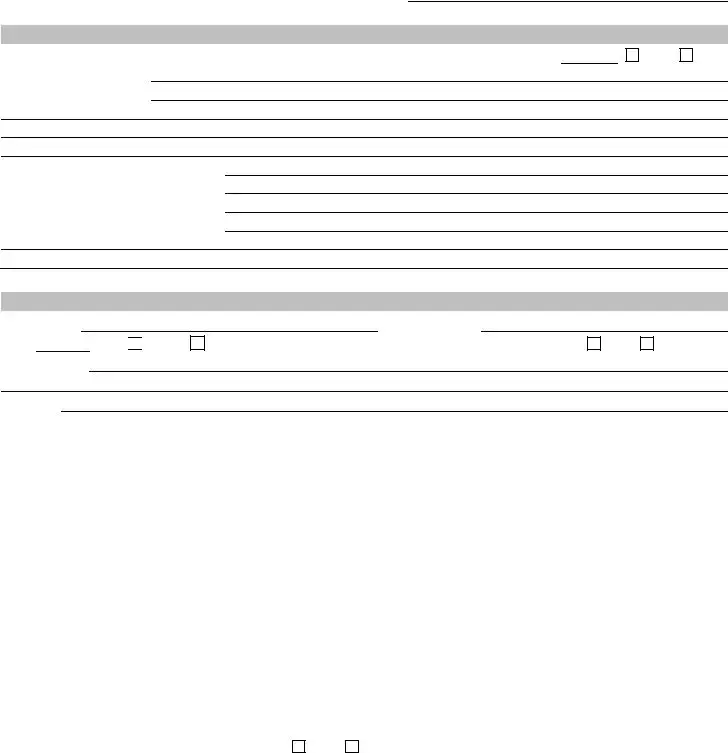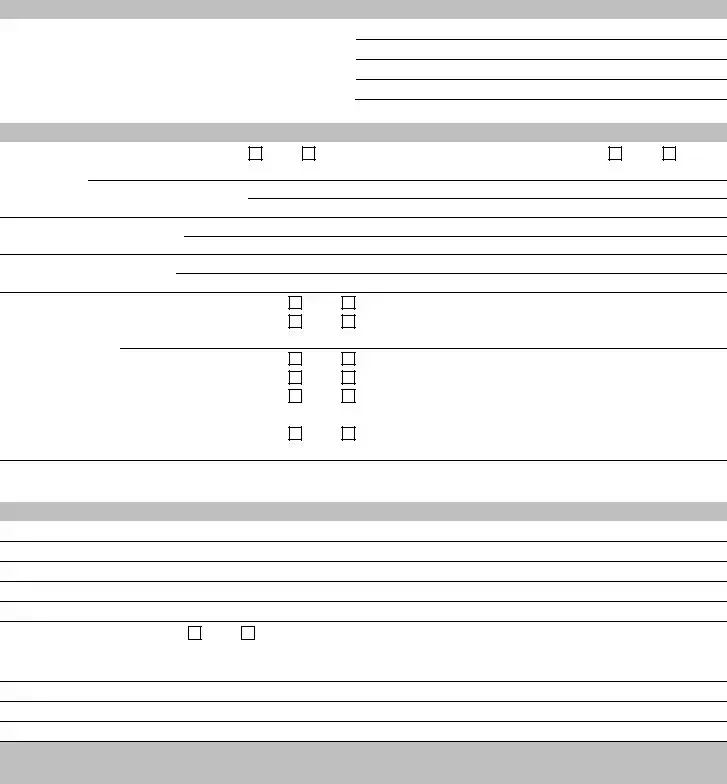What is the purpose of the Slip Fall Incident Report Sample form?
This form serves to document the details of a slip and fall incident that occurs at a store. It collects essential information such as the location, conditions at the time of the incident, and details about the injured individual and their experience. This documentation can be crucial for understanding the circumstances of the incident and addressing any claims that arise from it.
What information do I need to provide in the INCIDENT INFORMATION section?
In the INCIDENT INFORMATION section, you need to include details such as the date and time of the incident, the specific location within the store, a description of what happened, and the weather and walking surface conditions at the time. Additionally, it’s important to note whether the incident was reported immediately and, if not, how and when it was reported.
How do I complete the CLAIMANT INFORMATION section?
This section requires you to fill in personal details about the individual who experienced the slip and fall. This includes their last name, first name, age, and sex. If the individual is a minor, you must note if they were supervised at the time. You should also provide their address and contact numbers for home and business, as well as the reason for their visit to the store and what they were doing before the incident.
What should be recorded under BODILY INJURY?
Under the BODILY INJURY section, detail any injuries sustained during the incident. This includes a description of the injury, if any treatment was administered on-site, and whether the injured party was transported to a medical facility. If they were taken to a medical facility, note where they were taken and how they were transported.
What details are included in the WITNESSES section?
In the WITNESSES section, you should list the names and contact information of any individuals who witnessed the incident. Descriptions of their comments or observations regarding the incident can also be included to provide further context.
How is the investigation section of the form important?
The investigation section helps to determine how the incident was handled post-occurrence. Here, you will note if the incident site was inspected immediately, by whom, and what conditions were observed at the scene. Additionally, any photographs taken, the condition of safety mats, and signage related to the slip hazard should be documented.
What is the significance of the SIGNATURES section?
The SIGNATURES section serves as verification that the report was completed accurately. The person compiling the report must sign and date it, as well as any supervisory personnel who approve the report. This adds credibility to the documentation and assists in maintaining a record of the investigation process.



 Male If no, explain:
Male If no, explain: